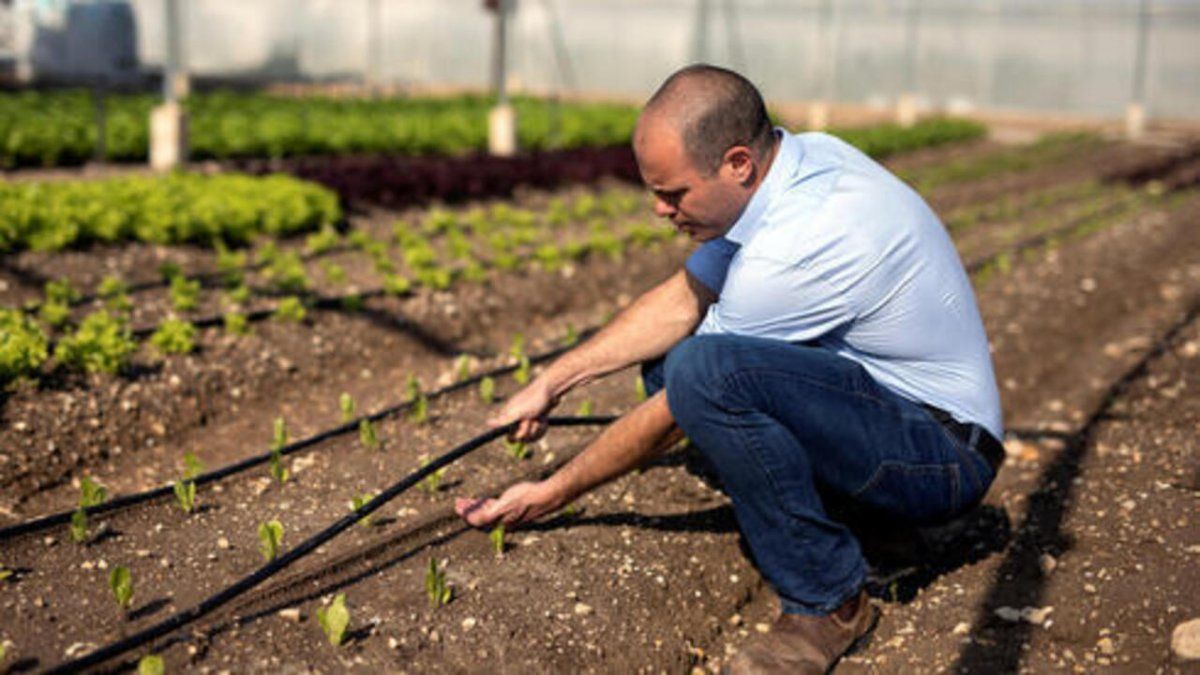On the contrary, if the space is uneven between the plants, it is most likely that individual droppers will be necessary to ensure that all receive water and nutrients directly in the root zone.
Profits
In all cases, to obtain higher and better quality yields, it is necessary for each dropper to deliver the perfect amount of water and nutrients to the roots of each plant.
“When we talk about buried drip in extensive crops (soybeans, corn, wheat) we manage to irrigate the entire surface regardless of the sowing direction of the crop. It is essential to achieve a uniform wetting band between the drip line and the drip line so that the irrigation is correct and the water and fertilizer are delivered to the entire batch, ”said Netafim agronomist Fernando Acosta.
Another relevant fact when thinking about droppers is the difference between self-compensated and those that are not.
The former are designed for varied topographies or for long fields, within a wide pressure range, they maintain a constant flow rate, allowing the construction of a precision irrigation system.
The drippers that are not self-compensating are ideal for flat topographies, as described by the company.
Netafim, founded in 1965, pioneered the drip revolution, creating a paradigm shift towards precision irrigation. Today the company specializes in comprehensive solutions from the water source to the root zone, offering a variety of irrigation and greenhouse projects, as well as gardening and mining solutions supported by engineering, project management and financing services. Netafim is also leading the way in digital farming, as it has integrated automated real-time monitoring, analysis and control into a state-of-the-art system.
–


